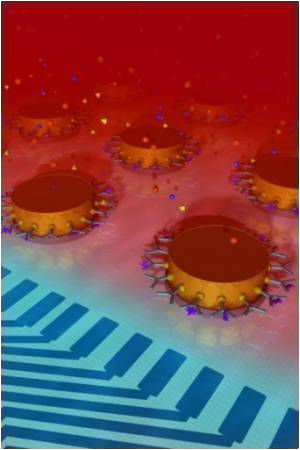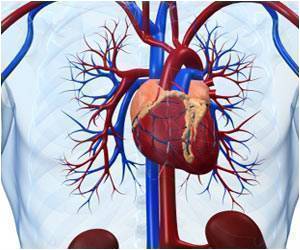Scientists have used tiny particles called nanoparticles to improve survival after life-threatening blood loss.

Nanoparticles containing nitric oxide (NO) were infused into the bloodstream of hamsters, where they helped maintain blood circulation and protect vital organs.
"The new nanomedicine was developed to address the need for better field treatments for massive human blood loss, which can cause cardiovascular collapse, also known as hemorrhagic shock. This potentially fatal condition is best treated with infusions of refrigerated blood and other fluids. But such treatments are limited to emergency rooms or trauma centers.
"It is highly impractical to pack these supplies for use in rural emergencies, mass-casualty disasters or on the battlefield," said coauthor Joel Friedman, professor of physiology and medicine and of medicine and the Young Men's Division Chair in Physiology at Einstein.
"Our nanoparticle therapy may offer the potential for saving lives in those situations. It's lightweight and compact and doesn't require refrigeration."
The new therapy counters hemorrhagic shock by increasing the body's levels of NO gas, which, among other physiological functions, relaxes blood vessels and regulates blood pressure. The gas was encased in microscopic-sized particles that were specially designed by the Einstein team. (NO is so short-lived that delivering it in therapeutic amounts requires a method of sustained release.)
Advertisement
The research has been published in the online edition of the journal Resuscitation.
Advertisement












